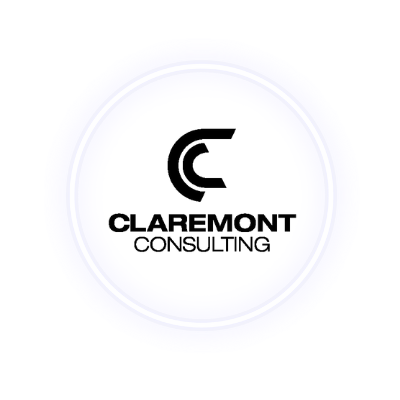Measuring Recruitment Success
Key Metrics to Evaluate Your Hiring Efforts

Recruitment is a vital aspect of any organisation's growth and success. Hiring the right talent can transform your company, but it's equally important to measure the effectiveness of your recruitment efforts. Key metrics allow you to evaluate how well your strategies are working, enabling you to make data-driven decisions and improve your recruitment process continuously. In this blog post, we will delve into three crucial metrics that can help you assess your recruitment success: time-to-fill, quality of hire, and retention rates.
Time-to-Fill
Time-to-fill is the duration it takes to fill a vacant position from the moment it's posted to the day a candidate accepts an offer. This metric is vital because a prolonged time-to-fill can negatively impact your organisation in several ways:
a) Cost: Extended vacancies often result in increased workload for existing employees, leading to burnout and reduced productivity. Moreover, the longer a position remains unfilled, the more it costs your organisation in terms of recruiting expenses, lost revenue, and missed opportunities.
b) Candidate Experience: A lengthy recruitment process can frustrate candidates, leading to a negative perception of your company. This could deter top talent from applying in the future or tarnish your employer brand.
c) Competitor Advantage: In today's competitive job market, top candidates have options. If your competitors are faster at hiring, they might snatch up the best talent before you even get a chance to interview them.
To improve time-to-fill, consider streamlining your recruitment process, using technology for faster candidate screening, and nurturing a talent pool of pre-qualified candidates.
Quality of Hire
While filling positions quickly is essential, the quality of your hires matters just as much, if not more. Quality of hire measures how well a new employee meets or exceeds the performance expectations for their role. To assess this metric, consider the following factors:
a) Job Performance: Evaluate how well new hires are performing in their roles. Are they meeting targets, contributing to projects, and aligning with the company's goals?
b) Cultural Fit: Assess whether new hires align with your organisation's culture, values, and work environment. A poor cultural fit can lead to disengagement and turnover.
c) Longevity: How long do new hires typically stay with your organisation? High turnover rates can be a sign of poor quality hires.
d) Feedback: Solicit feedback from managers, colleagues, and the new hires themselves to gauge their satisfaction and integration into the team.
To enhance the quality of hire, focus on comprehensive candidate assessments, clear job descriptions, effective onboarding, and continuous employee development.
Retention Rates
Employee turnover is a significant cost and disruptor to business operations. High turnover can signal issues with your recruitment process, company culture, or management. Retention rates measure how long employees stay with your organisation and can be calculated for specific departments, job roles, or the entire company.
To calculate retention rates, divide the number of employees who remain with your organisation after a specific time period by the total number of employees at the start of that period. Multiply the result by 100 to get the percentage.
High retention rates indicate that your recruitment efforts are effective in finding employees who are a good fit for your organisation. Conversely, low retention rates may signal issues with your hiring process or work environment.
Improving retention rates involves addressing the root causes of turnover, such as providing career development opportunities, fostering a positive work culture, and offering competitive compensation and benefits.
Measuring recruitment success is critical for any organisation looking to attract and retain top talent. Time-to-fill, quality of hire, and retention rates are three key metrics that provide valuable insights into the effectiveness of your recruitment efforts. By continually monitoring and optimising these metrics, you can enhance your recruitment process, reduce costs, and build a high-performing team that drives your organisation's success in the long run.





